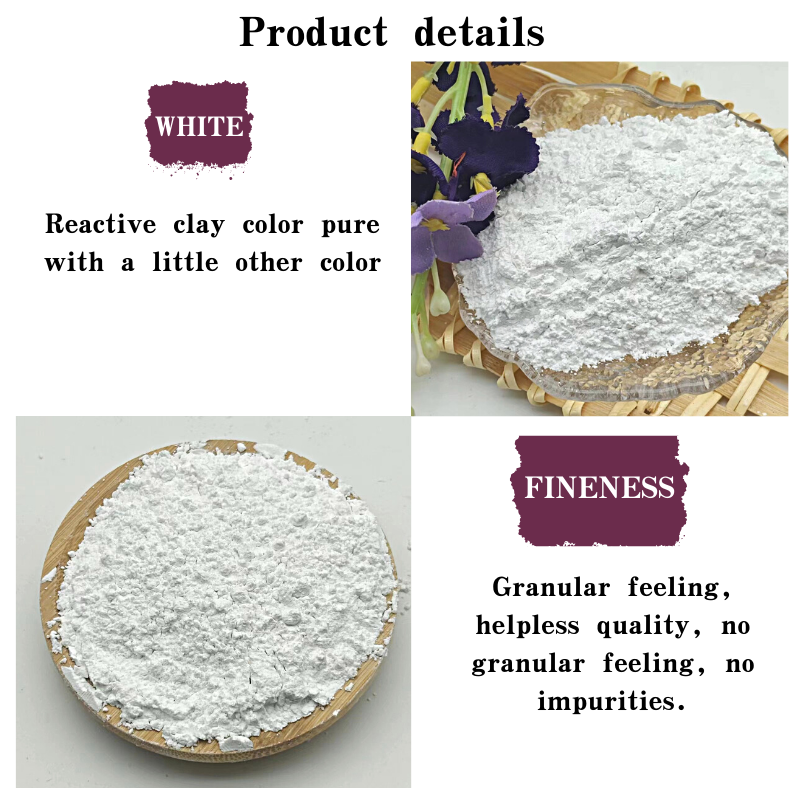
Exploring the Benefits and Applications of China Ceramsite Lightweight Aggregate
Understanding Ceramsite An Innovative Material in Construction and Environmental Management
In recent years, China has emerged as a leading player in the production and innovation of various construction materials, among which ceramsite stands out due to its versatile applications and environmental benefits. Ceramsite, also known as expanded clay aggregate, is a lightweight aggregate made from clay that is heated to expand and form small, spherical pellets. This material has gained significant popularity for its unique properties, which make it suitable for a wide range of uses, particularly in the fields of construction, landscaping, and environmental remediation.
The Manufacturing Process of Ceramsite
The production of ceramsite involves several key steps. First, natural clay is extracted from the earth and then processed to remove impurities. This clay is then heated in a rotary kiln at high temperatures, typically ranging from 1,100 to 1,200 degrees Celsius. During this process, the clay undergoes a physical and chemical transformation, expanding to create lightweight, porous aggregates. Once cooled, the ceramsite aggregates are collected and sorted based on size, ready for various applications.
Properties of Ceramsite
The unique properties of ceramsite contribute to its growing popularity in multiple sectors. One of its most notable characteristics is its lightweight nature; ceramsite aggregates are significantly lighter than traditional aggregates like gravel or sand, which can reduce the overall weight of construction projects. This aspect is particularly beneficial in applications such as lightweight concrete, which can decrease structural loads and make construction more efficient.
Additionally, ceramsite is known for its high compressive strength, thermal insulation properties, and excellent drainage capabilities. The porous structure of ceramsite facilitates water retention and aeration, making it an ideal material for gardening and landscaping applications. Moreover, its resistance to chemical corrosion and moisture makes ceramsite a durable choice for various environmental applications, including water treatment and soil improvement.
Applications in Construction
china ceramsite

In the construction industry, ceramsite has become increasingly favored for various applications. Its use as a lightweight aggregate in concrete significantly reduces the weight of structures, allowing for greater design flexibility and efficiency. Lightweight concrete made with ceramsite offers not only strength but also thermal insulation, which can enhance energy efficiency in buildings.
Furthermore, ceramsite is frequently used in the production of precast concrete elements, where its properties contribute to reducing transportation costs and simplifying installation processes. It is also utilized in the construction of green roofs, where it helps retain moisture while providing necessary drainage, promoting plant growth without overburdening the structural integrity of buildings.
Environmental Benefits
Beyond its applications in construction, ceramsite offers substantial environmental advantages. Its production process is relatively eco-friendly, as it requires less energy than many other aggregate materials, and the use of natural clay reduces reliance on quarrying. Moreover, ceramsite can play a significant role in environmental management, particularly in water treatment systems. Its porous structure allows it to be used in biofilters and constructed wetlands, where it aids in the natural filtration of pollutants from water.
Additionally, ceramsite is effective in the treatment of wastewater and the enhancement of soil quality. As a soil amendment, it improves aeration and moisture retention, promoting healthier plant growth and aiding in the rehabilitation of degraded land. Its ability to adsorb contaminants also makes it valuable in remediating polluted environments.
Conclusion
In conclusion, ceramsite represents a forward-thinking approach to modern construction and environmental management. With its lightweight, durable, and eco-friendly characteristics, ceramsite is paving the way for innovative building solutions that prioritize sustainability and efficiency. As the demand for sustainable materials continues to rise, ceramsite's role in construction and environmental applications is likely to expand, marking it as a crucial player in the future of these industries. As China continues to innovate and lead in this field, ceramsite stands as a testament to the possibilities of combining functionality with environmental consciousness.
Share
-
Premium Pigment Supplier Custom Solutions & Bulk OrdersNewsMay.30,2025
-
Top China Slag Fly Ash Manufacturer OEM Factory SolutionsNewsMay.30,2025
-
Natural Lava Rock & Pumice for Landscaping Durable Volcanic SolutionsNewsMay.30,2025
-
Custom Micro Silica Fume Powder Manufacturers High-Purity SolutionsNewsMay.29,2025
-
Custom Mica Powder Pigment Manufacturers Vibrant Colors & Bulk OrdersNewsMay.29,2025
-
Custom Micro Silica Fume Powder Manufacturers Premium QualityNewsMay.29,2025






